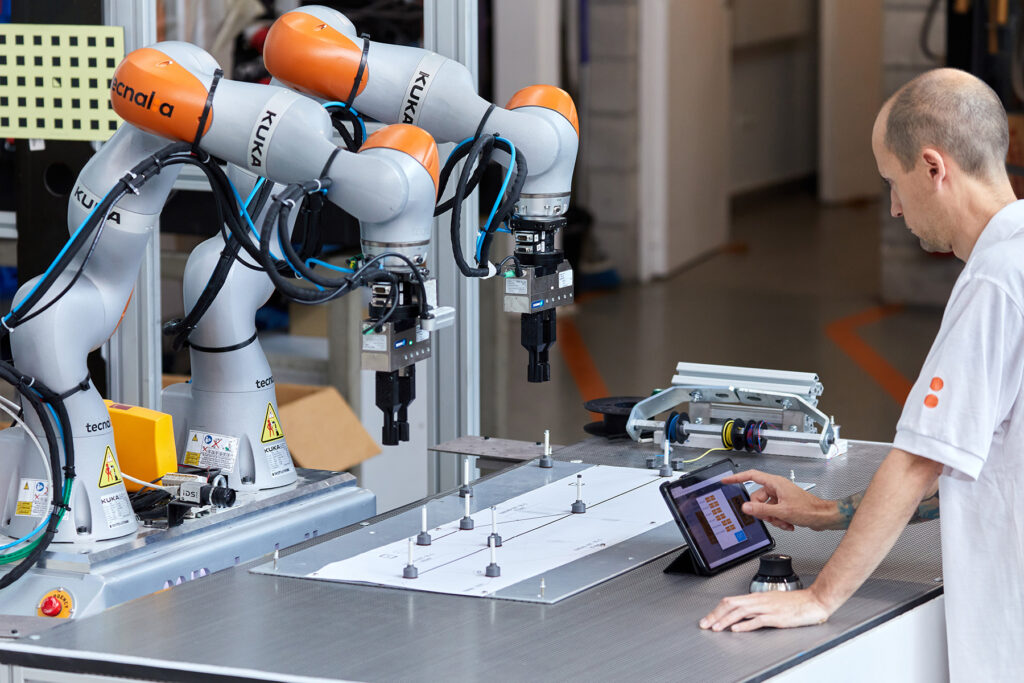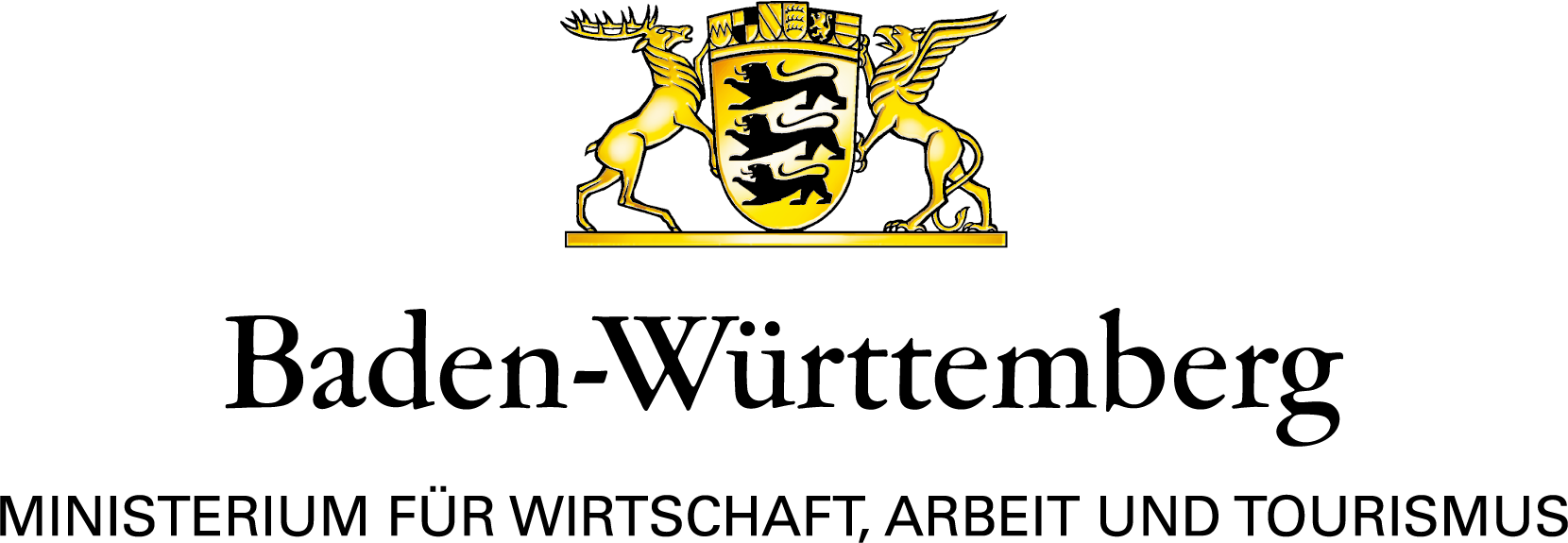> Studying the precision achievable by a milling robot, the level of vibrations during machining and techniques to avoid vibration, simulation of the robot’s response, robot programming and optimisation of the milling process conditions.
>Studying the precision achievable by a drilling robot, the level of vibrations during drilling and techniques to avoid vibration, simulation of the robot’s response, robot programming and optimisation of the drilling process conditions.
> Study of robot riveting analysing the precision achieved by the robot, the rivet sizes and admissible forces, the limitations of the different robot architectures in terms of reach and accessibility, the sequence of operations to be carried out, process monitoring, optimisation of process conditions and the quality obtained in the riveting operation.
>Aspects such as the type of sealant to be used, the sealant feed, the application tools, the required tolerances, the process variables to be controlled, the application and curing times, the necessary joint monitoring, etc. will be analysed in order to propose the optimum process automation solution in each case.
>Robot prototypes of proofs of concept of solutions linked to assembly operations or assembly of parts. Automatic assembly strategies are analysed by defining robot operations, analysis of tools, detection of parts by means of sensors, part handling for assembly.
>Studying the additive manufacturing process performed by robots, precision achievable, optimisation of process conditions and the quality obtained.
>Robot prototypes of proofs of concept of solutions linked to screwing operations. Automatic screwing strategies are analysed by defining robot operations, tooling analysis, detection of screwing points on the part by means of sensors, tool manipulation for screwing.
>Robot prototypes of proofs of concept of solutions linked to clipsing operations. Automatic clipsing strategies are analysed by defining robot operations, tooling analysis, detection of clipsing points on the part by means of sensors, tool manipulation for clipsing.
> Study the automation by means of robots of processes for finishing metal parts such as grinding, polishing, honing and polishing. Aspects such as robot programming, optimal tools, abrasives used, abrasive wear control, material removal capacity, surface quality obtained on the part, and process monitoring are analysed.
>Study of burr removal operations on metal parts. It includes, among other aspects, robot programming, selection of optimum tools, abrasives used, abrasive wear control, material removal capacity, surface quality obtained on the part, and process monitoring.
>Study the robotic edging of parts to obtain the necessary geometric accuracies. Analyse the precision obtainable by the robot, the level of vibrations during the edging process and techniques to avoid vibration, tool selection, tool wear control, process monitoring, optimisation of process conditions and the surface quality obtained on the part.




